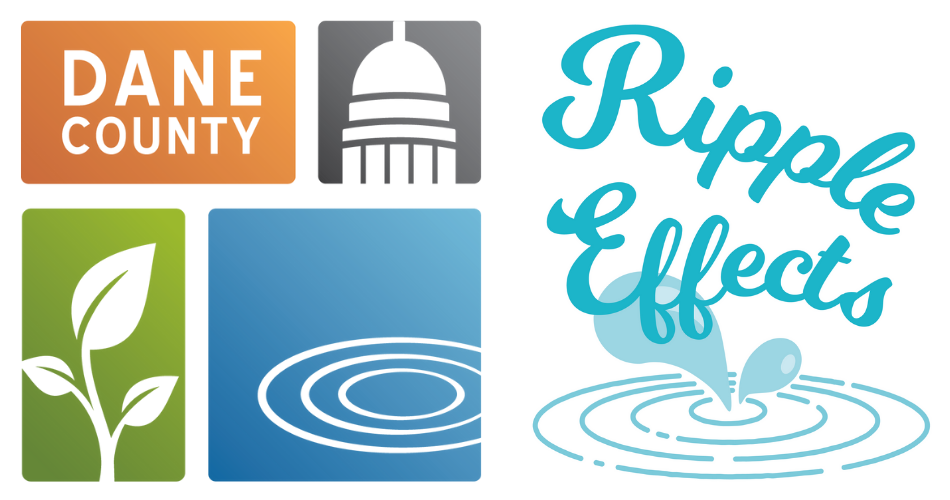
By properly mowing, mulching, and composting leaves and grass clippings, you can reduce fertilizing, watering, and weeding. Grass clippings allowed to remain on lawns instead of being raked or bagged provide nutrients for your turf. Even pests become less of a problem if more "natural diversity" in plantings is used-as opposed to typical urban uniformity-so that susceptible plants are grown farther apart.
For more information about waterfront landscapes specifically, visit the resources below: